Beginner's Guide to Wakeboarding
Wakeboarding in many cases is still a niche sport/hobby - call it what you will. There is a good reason for it as well, and it happens to be quite an expensive activity. The actual equipment side of things is perfectly fine, so you won't need to worry about taking out a mortgage, just so you can get your feet in some bindings and chuck on an impact vest. The aspect of wakeboarding that burns a hole in your wallet is the boat. Turns out they're not that cheap, boats. So, unless you have a friend who invested in Bitcoin years back, the chances are you don't have access to a boat. But, there just so happens to be an alternative - cable parks. They're popping up all over the world and wakeboarders are flocking to them, for good reason:
- They're cheap(ish).
- They provide the perfect platform for all standards.
- They have coaches/instructors onsite keen to offer any advice and tips you may need.
- They're insanely fun.
Before you make your decision though as to whether you're going to be lucky enough to wakeboard behind a boat, or if you're going to utilising the cable park in your city, you're going to have to choose the right equipment, as it can vary depending on the environment. There are three types of wakeboards:
Boat Wakeboards
Cable Park Wakeboards
Hybrid Wakeboards
Boat wakeboards generally have heavy duty construction, stiff flex (or rocker), and either bolted-on or moulded fins. Cable park wakeboards generally offer a more flexible base to allow for a relaxed feel, the rails are durable to withstand constant shifting of weight, and they will often have removable fins or no fins at all - which can often mean slight loss of control, however, over time you won't even notice the slipping and sliding. Hybrid wakeboards are, surprise surprise, a combination of a boat wakeboard and a cable park wakeboard. They have enough flex for the cable park, but are also stiff enough for behind a boat, plus the fins are always removable.
Wakeboarding behind a boat
There's just something magical about gathering a group of friends, loading up the boat, heading out for the day and wakeboarding until you can't wakeboard anymore. However, a lot of factors come into play, such as:
- Boat licence.
- Full tank of fuel.
- Access to a boat ramp.
- Legal amount of safety accessories per person.
- All the necessary equipment.
If all of this checks out then you're going to have a great time.
The beautiful thing about wakeboarding behind a boat is that you can control the speed and size of the wake depending on your ability. There obviously has to be a minimal speed in order to keep you standing up behind the boat, but once you're comfortable, you can signal to the driver whether you want to go slower of faster. As a beginner, it's all about keeping your knees bent and cruising along directly in-line with the boat, until you feel brave enough to start moving outside the wake. Once you begin to get the hang of it and find that you're wakboarding consistently, it becomes about hitting the lip of the wake and getting air between the bottom of your wakeboard and the water. Eventually, you'll have enough confidence to clear the wake in its entirety, which just so happens to be one of the great feelings in wakeboarding. Then, once you've hit an experienced level, the wakeboarding world is your oyster, and you can begin to do an array of tricks. But it all starts with bending your knees and placing all the weight on your back foot.
Top tip: If you want the wake to be bigger to allow for a larger ramp to launch off, get as many people in the boat to sit at the back (or purchase a fat sack), as the more weight there is at the bow, the bigger the wake becomes.
Wakeboarding at a cable park
On paper the cable park is the easier of options. Instead of bobbing in the water waiting for the boat to yank you above the surface, you’re already standing up, ready to hit the circuit. However, there is one challenging aspect of cable parks that actually become the most helpful when you’ve reached an experienced level; and that’s the ‘turning point’ or ‘bend’. Basically, it’s when the cable turns a corner and allows for a bit of slack that eventually whips you around. As a beginner it can be daunting to see the cable at the side of your body knowing that you’re about to follow it at some pace. But, if you’ve seen it all before, you can use it to your advantage and use the speed to launch yourself in the air to perform maneuvers. Another positive about the cable park is that you can practice all aspects of wakeboarding in one spot. There are jumps, grinding rails and walls to attack. You don’t have to embrace them, but they’re there in case you’re feeling brave. Cable parks not only provide the perfect training ground for wakeboarding, they also ooze a community vibe that can often be lost when wakeboarding behind a boat. There will always be a cafe, a viewing point and frequent classes to participate in. It’s definitely worth it.
Wakeboarding safety
Just because you’re wakeboarding in water doesn’t mean you’re invincible from the elements. In fact, it can actually be quite a dangerous activity. Hitting glassy water is almost like hitting concrete, which can often result in a few broken ribs and plenty of bruising. However, an impact vest like the Mystic Peacock Wake Vest, will prevent any serious damage to your chest and back. Impact vests are similar to buoyancy aids, as they won’t save your life, but they will assist in keeping you afloat. Impact vests also have cushioning (padding) within them to soften the blow when you hit the water. The fact is, you need an impact vest when wakeboarding - period. Helmets, like the Mystic Vandal, are optional. You don’t have to wear one, but they can offer a lot of support, particularly if you’re wakeboarding at a cable park where there are ramps, rails and walls. If you were to hit your head on either three of those objects, it would more or less end in stitches, and tears. However, with a helmet, it might just result in a little headache. Additionally, if you’re wakeboarding behind a boat, there could be sticks, logs and other ‘unwanted things’ floating about that could harm your head if you happened to be in the wrong place at the wrong time. Also, just as hitting glassy water can hurt your chest and ribs; it can also hurt your head. Having a helmet will add that protection, and minimise the chances of concussion.
Wakeboarding perks
There are a lot of great things about wakeboarding. For one, you can wakeboard all year round, just as long as you have the appropriate kit for the winter, like the Mystic The One 3/2mm GBS Zipfree. Secondly, you don't have to rely on the weather like other watersports such as surfing, windsurfing and kiteboarding. That means no more checking the swell, no more checking the wind, and no more checking the tides. Lastly, wakeboarding is great for your fitness and something you can continue to do for years - just as long as you're body holds up. So, what are you waiting for?
---
Shop all our wakeboarding equipment here.
@wetsuitoutlet
Updated on 30th June 2023
Originally published on 6th December 2018 in Wakeboarding










































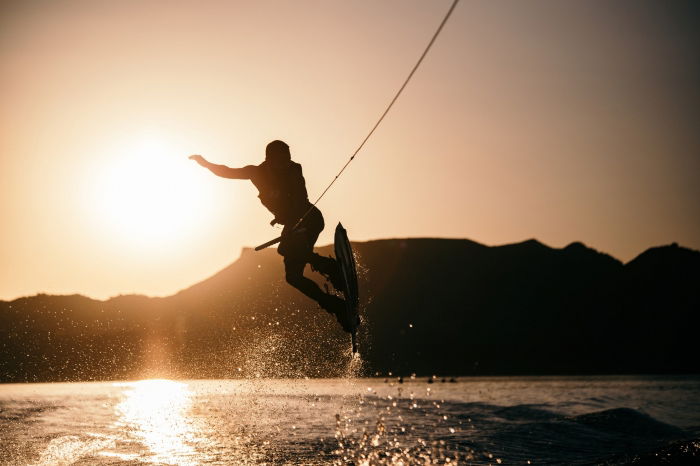


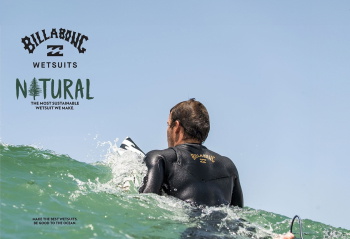

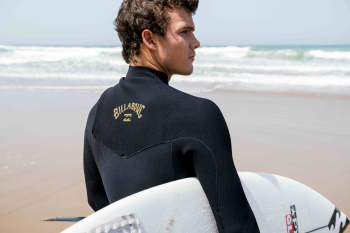

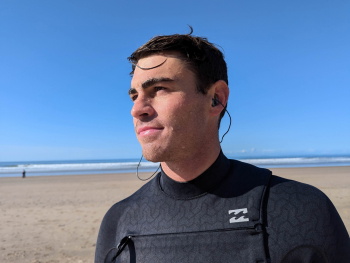
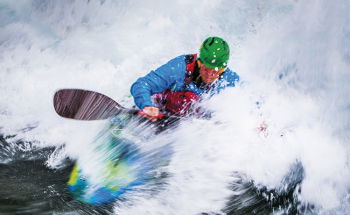
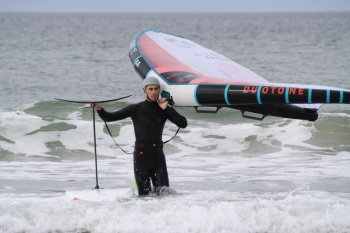

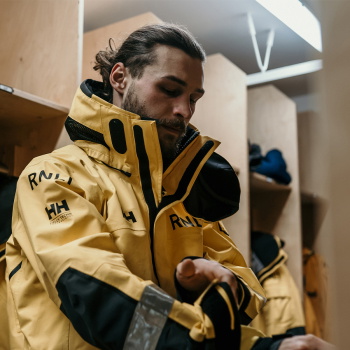
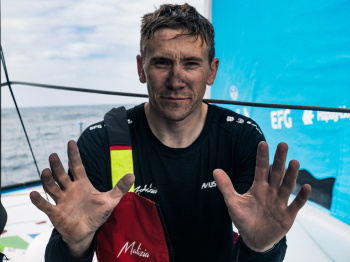
 Visit the US site
Visit the US site 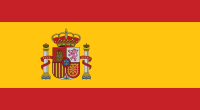 Continuar al ES
Continuar al ES